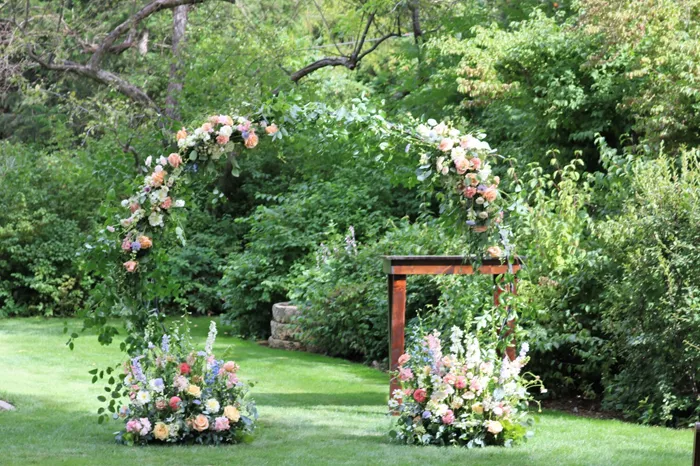As spring begins to stir in Alaska, local gardeners are being encouraged to pay attention to two important signs of the season: buzzing cluster flies and the appearance of worm castings on lawns. These tiny clues, often overlooked, tell a bigger story about the health of your soil and the life teeming just beneath the surface.
Longtime gardening columnist Jeff Lowenfels has developed a seasonal calendar to help Alaskans stay on top of gardening tasks without repeating the same advice year after year. But this week’s focus brings a new twist — connecting flies, worms, and rich soil with the arrival of spring.
One of the more fascinating garden facts Lowenfels highlights involves a lazy, dark-colored insect known as the cluster fly, or Pollenia rudis. If you’ve seen them bumping into your windows recently, you’re not alone. These flies sneak into homes in the fall, hide inside walls during the cold winter months, and come out in spring, ready to lay their eggs near earthworms.
Their larvae eventually feed on the worms, continuing the cycle. But here’s the catch: if you’re spotting these flies, it means your lawn likely has worms — and that’s a good thing.
Earthworms are essential for healthy gardens. They pull organic material deep into the soil, improving structure and helping the ground hold more moisture. More importantly, their castings — the small piles of digested organic matter they leave behind — are packed with nutrients that plants thrive on.
But you won’t find these helpful castings in lawns treated with chemical fertilizers. Chemicals drive worms away, cutting off this natural source of soil enrichment. So if you’re noticing more cluster flies and worm castings this spring, consider it a sign that your lawn is in great shape and teeming with life.


